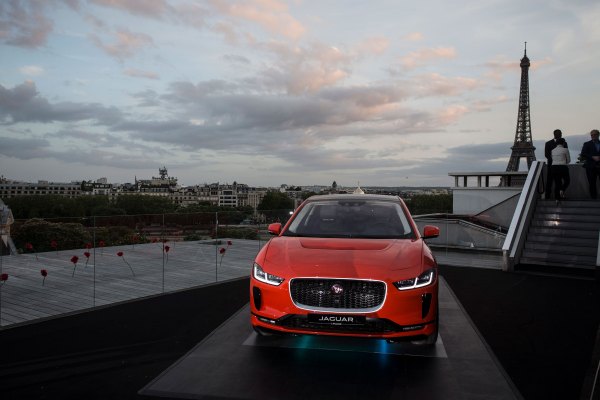The race to develop autonomous and electric vehicles could be a race to the bottom for the automotive industry — at least in the near-term.
A new global study by consulting firm AlixPartners paints an ominous forecast for automakers in the next few years, a toxic cocktail of big spending and lots of competition mixed with softening sales in some markets and an unwillingness of consumers to fork over money for the tech. AlixPartners’ Global Automotive Outlook is based on an analysis of data from public and proprietary sources and two online consumer surveys of Americans age 18 and older possessing driver’s licenses.
Last year, automakers spent $226 million — a 47 percent increase from 2012 — on electrification and autonomous vehicle technology. And AlixPartners predicts companies will spend $255 billion in R&D and capital expenditures globally by 2023 on electric vehicles. Some 207 electric models are set to hit the market by 2022.
That’s good news for prospective EV consumers. But AlixPartners predicts many of those impending EVs will be unprofitable due to currently high systems costs, low volumes and intense competition. For instance, automakers will likely offer high incentives to buy EVs, which would depress used-vehicle residual values and allow the spiral of lower new-vehicle sales to continue.
The situation is just as tenuous on the AV front. Some 55 percent of the 175 mergers and acquisition deals in the past two years have been related to electric and autonomous vehicles, with another pileup in AVs coming.
“A pile-up of epic proportions awaits this industry as hundreds of players are spending hundreds of billions of dollars on electric and autonomous technologies as they rush to stake a claim on the biggest change to hit this industry in a hundred years,” said John Hoffecker, global vice chairman at AlixPartners, adding that “billions will be lost by many.”
An additional $61 billion has been earmarked for autonomous-vehicle technologies, according to the study. However, a separate survey conducted by AlixPartners found consumers are only willing to pay $2,300 for autonomy, compared with the industry costs of around $22,900 to provide that technology in a vehicle. That’s a 10-fold misalignment on cost.
Of course, there is evidence that consumers, such as Tesla fans, are willing to pay more than $2,300 for a system far short of fully autonomous. An enhanced version of Tesla’s Autopilot feature, which promises to match traffic speeds, keep within a lane, change lanes and exit the freeway, costs $5,000. For another $3,000, Tesla sells “full self-driving” packages for even more automation sometime in the future. This feature doesn’t yet exist for public use, although customers can — and have — purchased it in advance.
Meanwhile, the AlixPartners study predicts weakening vehicles sales. The study forecasts that the global auto market will grow at an annual rate of 2.4 percent through 2025, lagging expected worldwide GDP growth of 3.3 percent. The U.S. market will continue its cyclical downturn this year, absorbing 16.8 million units, down from 17.2 million in 2017, the study predicts. U.S. sales will hit a trough of around 15.1 million in 2020. Autonomous ride-hailing fleets will start cutting into sales by 2030, the study forecasts.
Amid the chaos and lost billions, there are some rosier outlooks in the AlixPartners study. Full battery-electric vehicles will reach about 20 percent of the U.S. market, about 30 percent of the European market and about 35 percent of the Chinese market by 2030, the study predicts. A separate AlixPartners’ consumer survey found 22.5 percent of Americans are “likely” to purchase a plug-in electric vehicle as their next car. And autonomous vehicles will account for 3 million in sales in the U.S. by 2030.
